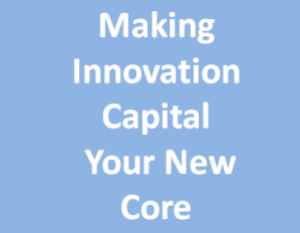Learning Platforms and Personal Learning Pathways
 My mind has been swirling around the significant changes taking place around learning. Not just in the time we have available, suggested recently as 25 minutes per week to stop and learn but in the variety of ways we can learn. Clearly, many of these are digital to construct, so as to apply the more modern design process that works for each of us individually, at our time of need.
My mind has been swirling around the significant changes taking place around learning. Not just in the time we have available, suggested recently as 25 minutes per week to stop and learn but in the variety of ways we can learn. Clearly, many of these are digital to construct, so as to apply the more modern design process that works for each of us individually, at our time of need.
I have been struck by the emphasis on personal learning and development. We still get very caught up in the need for scale yet it is the ability and flexibility to design these to our individual pathway that becomes “the order of the day”. The constant struggle is for each of us in simply stopping to focus, finding the time and the last thing you can afford to do, is take an ad-hoc approach to this, it needs a structured design.
This is where external facilitation might help



 I bet a lot of people get caught out in not knowing the differences between Mentoring and Coaching. Equally, when you are in the coaching mode you need to guard against moving over to the mentoring mode unless it is conscious ways. Understand the differences becomes important.
I bet a lot of people get caught out in not knowing the differences between Mentoring and Coaching. Equally, when you are in the coaching mode you need to guard against moving over to the mentoring mode unless it is conscious ways. Understand the differences becomes important.


 Today most executives seem to be time starved. They are constantly reacting to daily events, for fix focusing and fixing short-term performance. This applies to the top executive down to the most junior.
Today most executives seem to be time starved. They are constantly reacting to daily events, for fix focusing and fixing short-term performance. This applies to the top executive down to the most junior.